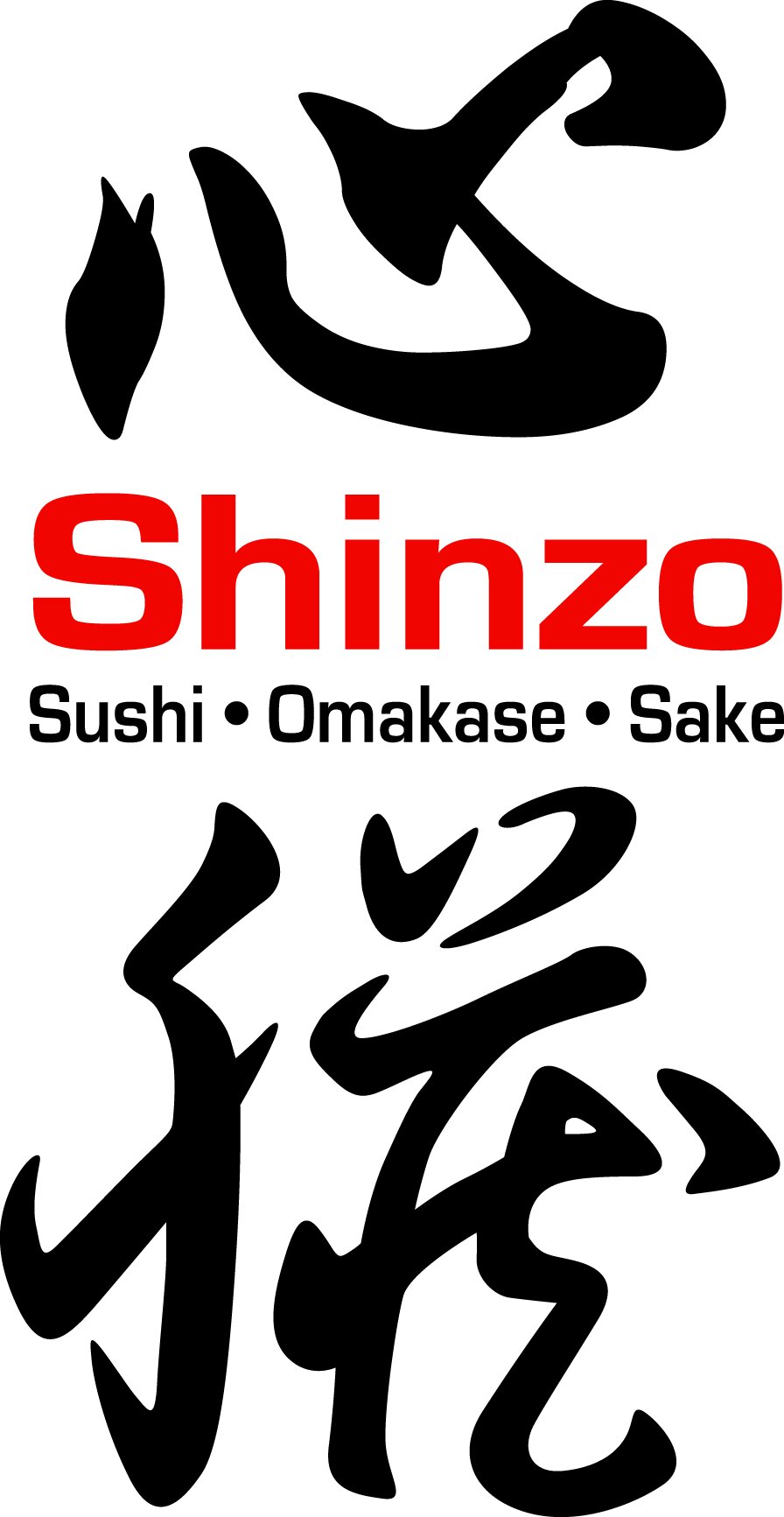Behind The Counter - Interview with Head Chef Kevin Ho
A bite of anago (salt-water eels). That’s all it took to push Shinzo’s Head Chef Kevin Ho onto the path of a sushi chef.
The journey of being a chef is an arduous one. And being a sushi chef is even more so. The elements of a piece of sushi may be simplistic- rice, seaweed and fish. But the process is a complex one that requires mastery.
Source: Nogawa Japanese Restaurant
Chef Ho spent 23 years at Nogawa Japanese Restaurant, the pinnacle and pioneer of Japanese Cuisine in Singapore. He trained under renowned Chef Nogawa himself and served our late Prime Minister Lee Kuan Yew before.
Making sushi demands expertise in knife skills to cleanly fillet the fish and dexterity to form a nigiri (a thin slice of fish layered on a rice cake). Most importantly, to have a refined palate to decide on the appropriate amount of rice and vinegar to complement the fish it’s served with. There’s no protagonist in this story. Every element has to come together harmoniously and this harmony can only be achieved with the mastery of the sushi chef.
Itamae, translates to ‘front of the board’, or head sushi chef. He’s responsible for the production of all sushi and traditionally, in charge of entertaining guests and calculating the final bill of the meal. In Japan, the title of head chef is extremely prestigious and is not loosely awarded. However, being trained under the renowned Chef Nogawa himself, Chef Ho was eventually rewarded for his hard work and was next in line for the title. It was an even more incredible achievement, considering the presence of other Japanese chefs contending for the spot.
Chef Ho had to start from the ground up. Before he could even handle the sushi, he needed to prove that he could handle other basic responsibilities, no matter how trivial they were. From cleaning the encounter to sharpening the chef’s knives, everything needed to be done with dedication and perfection.
“As an assistant chef, you assisted the chef with everything he needed. Fish prep, rice prep and cleaning his counter etc. You need to earn your mentor’s trust before you can handle the fish.”
“No responsibility is too small,” Chef Ho mentioned. Because if you couldn’t even handle small tasks, the itamae wouldn’t trust you with big responsibilities, such as serving sushi to customers or even filleting a fish. The first sushi that he made was the maki (bite-sized hand roll). He had to get it perfect before he could progress to slicing fish.
He vividly remembers the parting words of his teacher, “to enjoy your counter”. It’s a small space that you’ll be working in the whole time. So if you don’t love it, this job isn’t for you. But it’s also more about allowing your guests to feed off the same energy from you so that they’ll have an unforgettable experience. That’s not an issue for Chef Ho though, who mentioned that interacting with his customers is one of the best parts of being a sushi chef.



